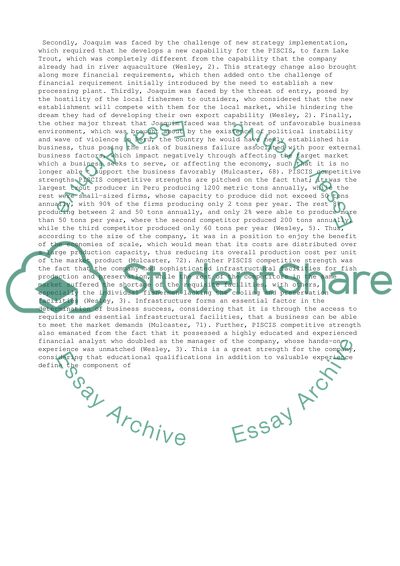Cite this document
(“Trout Farming in Peru: The Lake Titicaca Decision Case Study”, n.d.)
Trout Farming in Peru: The Lake Titicaca Decision Case Study. Retrieved from https://studentshare.org/business/1496645-trout-farming-in-peru-the-lake-titicaca-decision
Trout Farming in Peru: The Lake Titicaca Decision Case Study. Retrieved from https://studentshare.org/business/1496645-trout-farming-in-peru-the-lake-titicaca-decision
(Trout Farming in Peru: The Lake Titicaca Decision Case Study)
Trout Farming in Peru: The Lake Titicaca Decision Case Study. https://studentshare.org/business/1496645-trout-farming-in-peru-the-lake-titicaca-decision.
Trout Farming in Peru: The Lake Titicaca Decision Case Study. https://studentshare.org/business/1496645-trout-farming-in-peru-the-lake-titicaca-decision.
“Trout Farming in Peru: The Lake Titicaca Decision Case Study”, n.d. https://studentshare.org/business/1496645-trout-farming-in-peru-the-lake-titicaca-decision.


